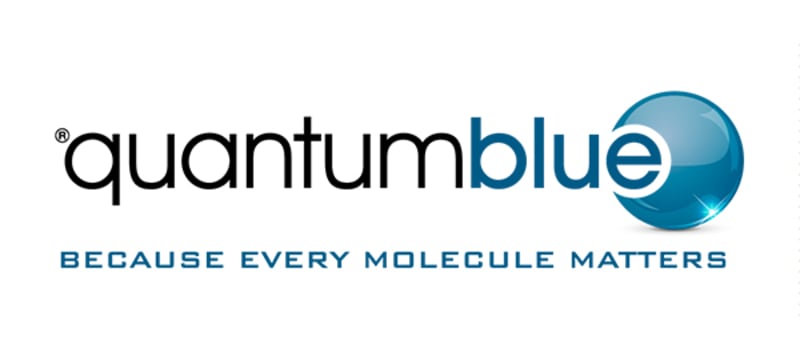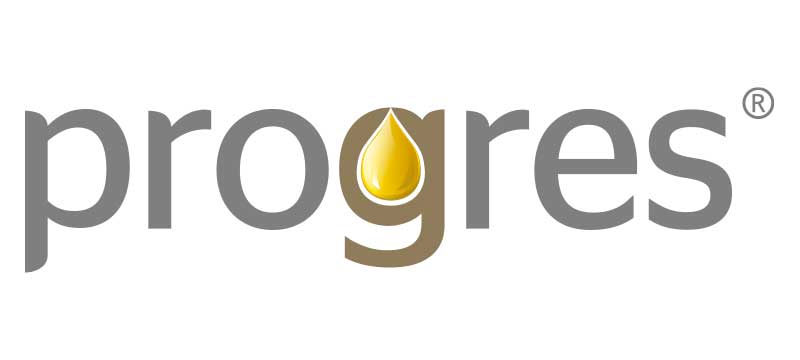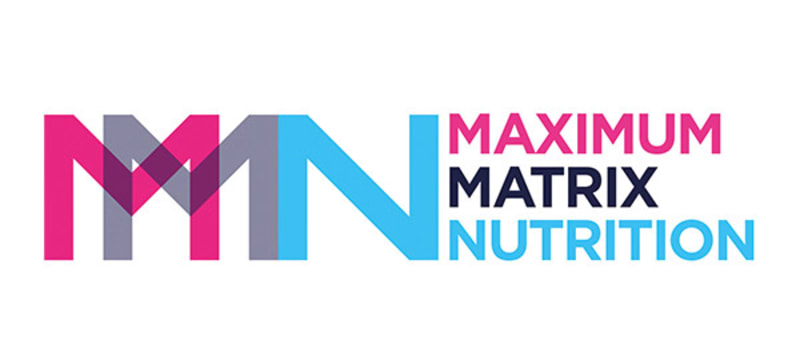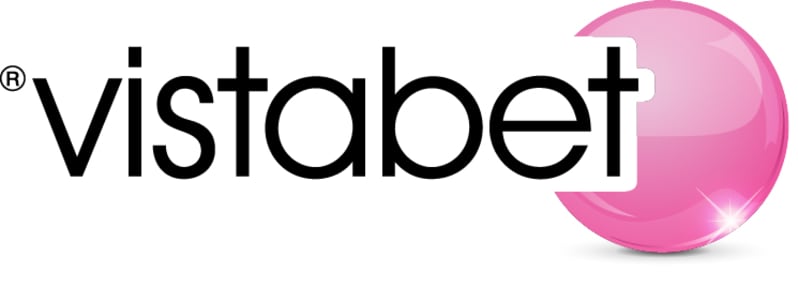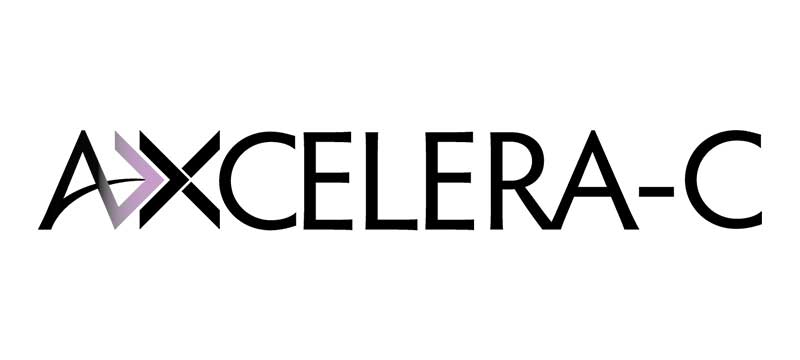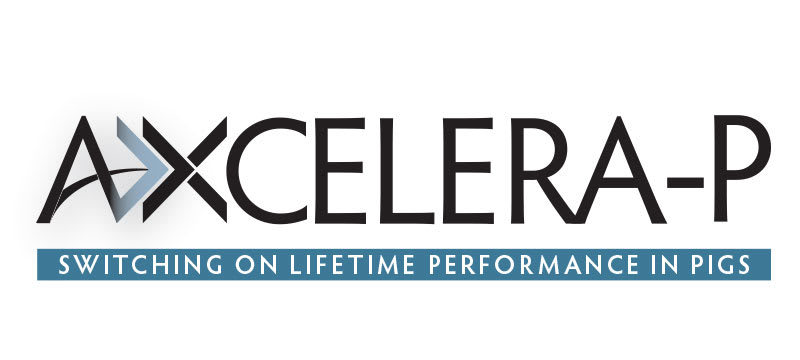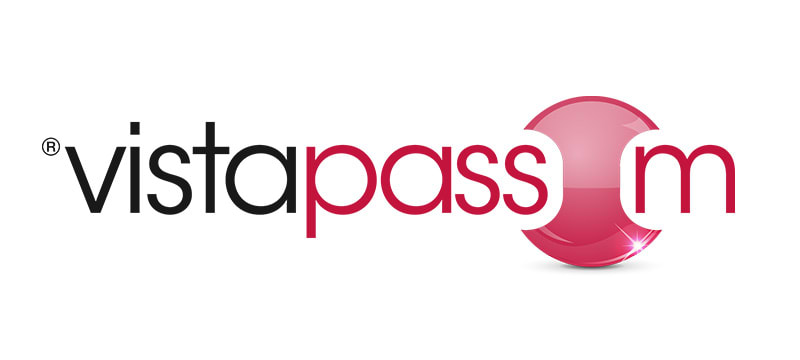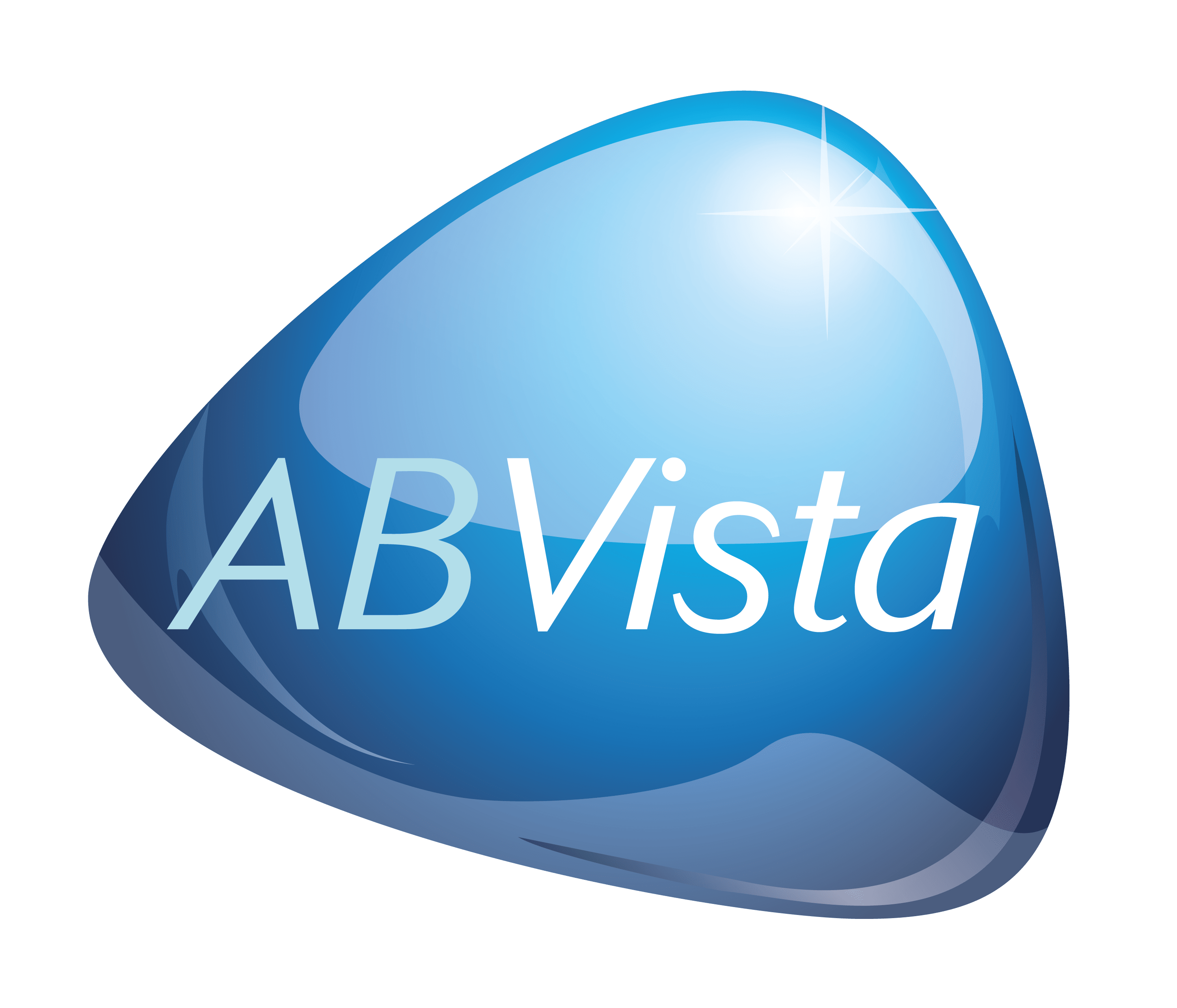When comparing enzyme programmes, it’s important to look beyond up-front feed cost savings
Published Wednesday, 14th March 2018Practical research comparing enzyme programmes in the market today
Feed is the largest expense in poultry production, accounting for 60 - 70% of costs. With a wide range of commercially available enzymes to choose from, there are many factors to consider when evaluating cost effectiveness and return on investment – not least whether to use a multi or single NSP enzyme.
At IPPE, Dr Tara York NAM Technical Manager presented the findings of a competitive study looking at the cost effectiveness of three different enzyme programmes, based around dispelling the belief that a multiple NSP product when combined with a phytase provides an advantage over a single NSP enzyme.
As Dr York outlines in the video, it is important that any enzyme comparison is based not just on up-front feed cost savings, but also on liveability, feed conversion and body weight gain. The study used average live broiler cost per pound (lb) of meat as the determination of which combination was most effective overall since this is the parameter the industry looks at the most in the US.
The result of this study, when compared in an economic model, demonstrated that the Econase XT + Quantum Blue programme led to the lowest live cost per pound of meat. In addition this led to the Econase XT+ Quantum Blue program profiting over $3 million when compared to the treatment with the lowest feed cost overall.
For the overall value extracted from the birds in terms of lbs of meat, FCR, BW etc, when you looked at the live bird margin*, the Econase XT + Quantum Blue program profited over $6 million on a million bird per week complex compared to the control.
*live bird margin = (Income- cost), with cost including chick cost, feed cost
Latest news
Stay ahead with the latest news, ideas and events.

Online Feed Fibre Calculator
Calculate the percentage of dietary fibre in your feed
Our calculator is designed for nutritionists and uses averages of global raw materials to calculate the dietary fibre content (plus other more in-depth fibre parameters) of finished animal feed. These parameters are available within AB Vista’s Dietary Fibre analysis service (part of our NIR service).
Sign up for AB Vista news
A regular summary of our key stories sent straight to your inbox.
SUBSCRIBE© AB Vista. All rights reserved 2025
Website T&Cs Privacy & Cookie Policy Terms & Conditions of Sale University IDC policy Speak Up Policy








